“Experimental film is often the result of an auteur challenging established conventions with fresh ideas.” With reference to your chosen film option, how far do you agree with this statement?
Summer 2019
Plan:
Introduction
Defined as a film director who influences their films so much that they rank as their author, being considered an auteur is a highly prestigious honour only held by small circle of filmmakers. Auteurs possess full creative control over each of their respective works and thus, the viewer is able to identify a film as being part of an auteur’s filmography from a wide range of observable tropes, such as: patterns, repetition, and motifs. Originating from the Cahiers du Cinema magazine in the 1950s, auteurship has always been closely linked with subverting the status quo, and bringing fresh ideas to the table, with revered names such as Hitchcock and Welles utilising groundbreaking techniques such as high contrast and camera fluidity to pioneer this concept.
From the very start of his filmography, Quentin Tarantino has demonstrated that he is most definitely an auteur. Throughout each of his nine films, Tarantino’s artistic expression can be viewed throughout a wide variety of patterns, tropes and motifs that set his films apart from mainstream Hollywood flicks. Tarantino’s unique style of filmmaking is universally recognisable and acknowledged by both viewer and critic alike, particularly within his second film considered by many to be his magnum opus – Pulp Fiction (1994).
Body
Mention dialogue, pop culture, trivialities
Violence
Chaptering and nonlinear narrative
Soundtrack
Postmodernism
Revitalising the career of John Travolta and Bruce Willis
The way he represents certain types of people – women, black people etc.
Conclusion
In conclusion, I firmly agree with the statement. Considered a landmark of the postmodernist movement, Tarantino actively challenges the pre-established conventions of filmmaking by utilising a wide variety of unorthodox measures throughout Pulp Fiction, such as stylised hyper-violence, a jumbled narrative structure, alongside seemingly trivial yet slick pop-culture filled dialogue, that ultimately paints Tarantino as a leading auteur of cinema.
Essay – Version 1
Defined as a film director who influences their films so much that they rank as their author, being considered an auteur is a highly prestigious honour only held by small circle of filmmakers. Auteurs possess full creative control over each of their respective works and thus, the viewer is able to identify a film as being part of an auteur’s filmography from a wide range of observable tropes, such as patterns, repetition, and motifs. Originating from the Cahiers du Cinema magazine in the 1950s, the concept of auteurship has always been closely linked with subverting the status quo, and bringing fresh ideas to the table, with revered names such as Hitchcock and Welles utilising groundbreaking techniques such as high contrast and camera fluidity to pioneer this concept.
From the very start of his filmography, Quentin Tarantino has demonstrated that he is most definitely an auteur. Throughout each of his nine films, Tarantino’s artistic expression can be viewed throughout a wide variety of patterns, tropes and motifs that set his films apart from mainstream Hollywood flicks. Tarantino’s unique style of filmmaking is universally recognisable and acknowledged by both viewer and critic alike, particularly within his second film considered by many to be his magnum opus – Pulp Fiction (1994).
A cornerstone of Tarantino’s auterial tropes present within each and every one of his films is his stylistic use of dialogue. A typical occurrence is that a character will engage in a lengthy monologue about a seemingly trivial matter that is unimportant to the overall plot. The dialogue throughout Pulp Fiction moves with a flowing rhythm, being both fast paced and densely packed. Each character actively engages in seemingly trivial monologues, concerning frivolous topics such as burgers, milkshakes, and foot massages. In effect, this dialogue does not drive the plot forward, but instead richly humanises the archetypal characters being portrayed. The viewer is then able to empathise with characters that in actuality, are repugnant humans who commit morally corrupt actions for their own personal gain.
Tarantino also frequently uses swearing within his dialogue, initially providing shock value for the viewer, but it soon becomes clear that the profanity merely acts as a device that relaxes the viewer into the rhythm of the film. It provides for more naturalistic character interactions and contributes to the slick nature of the dialogue. Frequent pop culture references also appear throughout the dialogue of Tarantino’s films, references which provide a level of satisfaction and relatability for the viewer. For example, within Pulp Fiction (1994), bands such as Kool and the Gang, and TV shows such as Green Acres are name dropped. Despite being frequently observable throughout Tarantino’s films, these pop culture references occur swiftly instant, and do not detract from the flow of the film.
Stylised violence is another motif that contributes to Tarantino’s status as an auteur. Throughout his films, Tarantino often implements hyper-violence for two main purposes: light-hearted comedy and exhilarating or subversive set-pieces. An example of violence used in a comedic sense is during the infamous “I shot Marvin in the face” scene from Pulp Fiction. Marvin’s sudden death is ridiculously exaggerated and completely unexpected, creating one of the film’s funniest moments through the subversive use of gratuitous gore. Conversely, graphic violence is used during Vincent’s untimely death at the hands of Butch to make the scene more subversive and shocking – the gore reinforces that one of the main protagonists of the film is indeed dead.
Chaptering is a narrative technique often utilised by Tarantino throughout his filmography, providing structural compartmentalisation. Throughout Pulp Fiction, chapters are used to clearly define specific sections of the film. Through this, the film possesses a distinctively episodic flow to the narrative – the film tells three clear-cut yet interwoven storylines that are presented in a highly nonlinear fashion, each being signalled by the use chapter title cards. Through this, Tarantino creates some truly subversive moments, such as Vincent’s aforementioned death which occurs in the middle of the film. At this point, the viewer is so engrossed within Butch’s chapter in the film, that the idea of Vincent being behind the bathroom door doesn’t even cross the mind of the viewer – making his untimely death all the more unexpected.
The soundtrack of each and every one of Tarantino’s films are highly prolific and contribute to his rank as an auteur. Tarantino strives to acquire an eclectic compiled score for each film, usually made up of music from the 1960s and 70s which provide an potent evocation of the respective decades. Through this, Tarantino often brings long-forgotten deep cuts of the time period into the spotlight of the modern day, and revitalises their legacy. A clear example of this can be seen within Dick Dale’s 1962 surf rock cover of Misirlou, which is now synonymous with the opening titles of Pulp Fiction.
Another unconventional technique employed throughout Pulp Fiction is postmodernism – a term closely associated with Tarantino’s body of work, often making romanticised references to aesthetics that fuel his creative inspirations. Within Pulp Fiction, this idea can be seen through Butch selecting a katana as his weapon of choice, harkening back to Tarantino’s fascination towards the films of Akira Kurosawa. The Jack Rabbit Slim’s diner pays homage to the pop culture of the 1950s – oozing with the style of the decade and displaying cultural icons such as Marilyn Monroe and Buddy Holly. Tarantino has also created a fictional brand of cigarettes (Red Apple) and burger (Big Kahuna) that appear throughout the film, with this perhaps being Tarantino’s way of light-heartedly acknowledging the postmodernist culture that his filmography is associated with. Tarantino is also a very traditional filmmaker, always opting for the use of 70mm celluloid film, despite the benefits of digital filmmaking.
Another auterial trait of Tarantino is his tendency to revitalise the careers of actors who were generally associated with playing certain types of roles in the past. For example, audiences were surprised to see the return of John Travolta – an actor of the 1970s regarded as a handsome heartthrob – cast as Vincent Vega, a charismatic yet corrupt hitman, in Pulp Fiction. Furthering this, a number of racial epithets are also prominent within the dialogue of the film, but this isn’t considered to be exploitative due to Tarantino’s conceptual footing. He instead uses these stereotypes to create strong black characters, such as Jules and Marsellus, who play a hitman and mob boss respectively – two highly dominant forces to be reckoned with.
In conclusion, I firmly agree with the statement. Considered a landmark of the postmodernist movement, Tarantino actively challenges the pre-established conventions of filmmaking by utilising a wide variety of unorthodox measures throughout Pulp Fiction, such as stylised hyper-violence, a jumbled narrative structure, alongside seemingly trivial yet slick pop-culture filled dialogue, that ultimately paints Tarantino as a leading auteur of contemporary cinema.
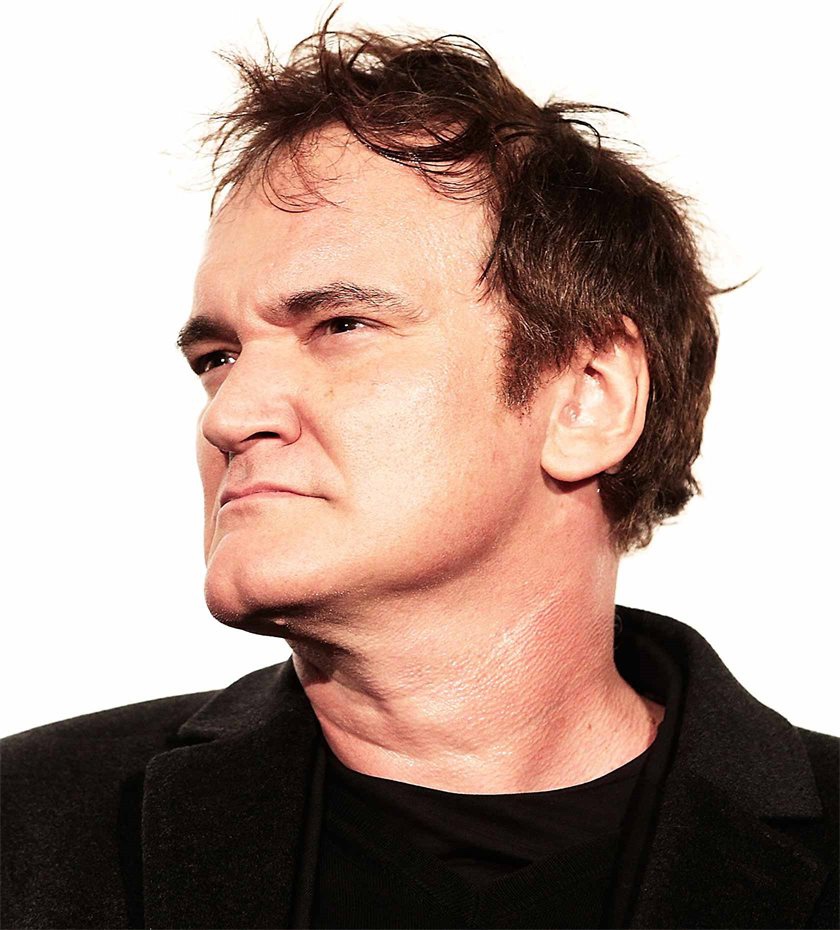
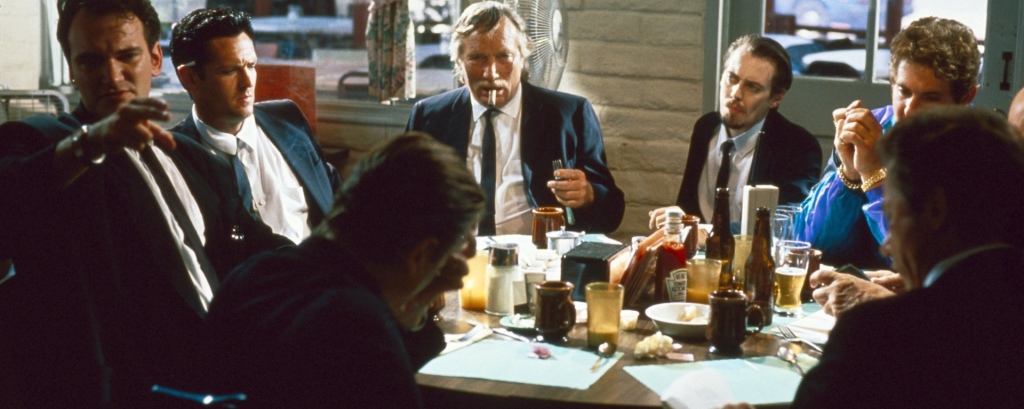
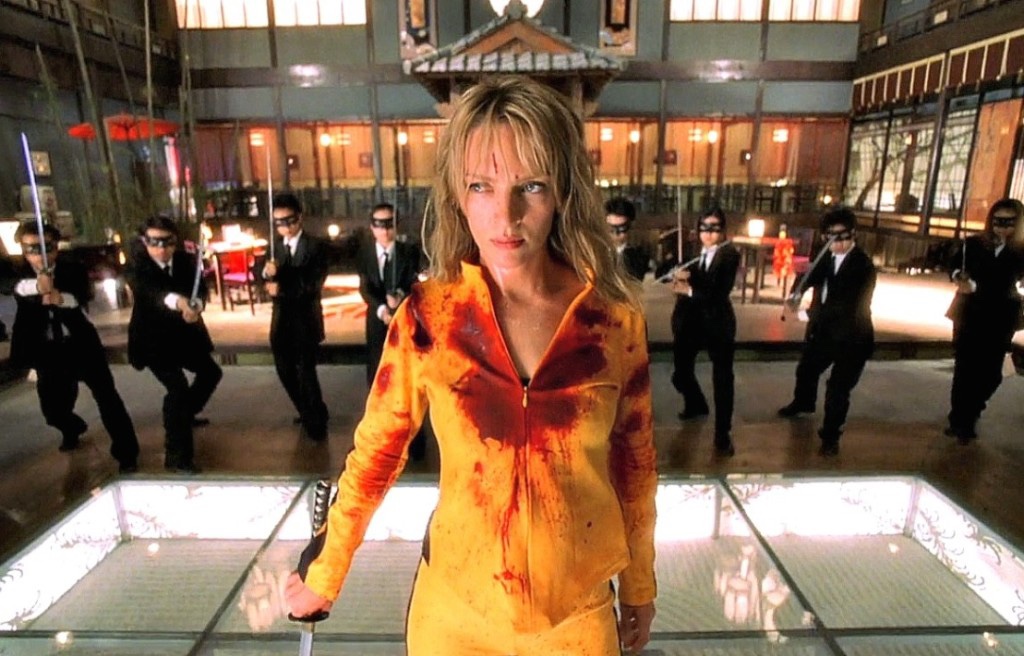
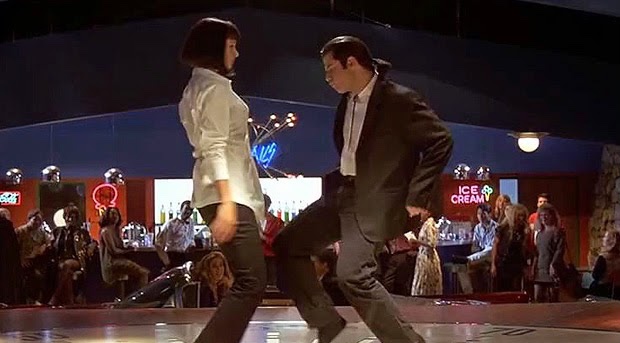
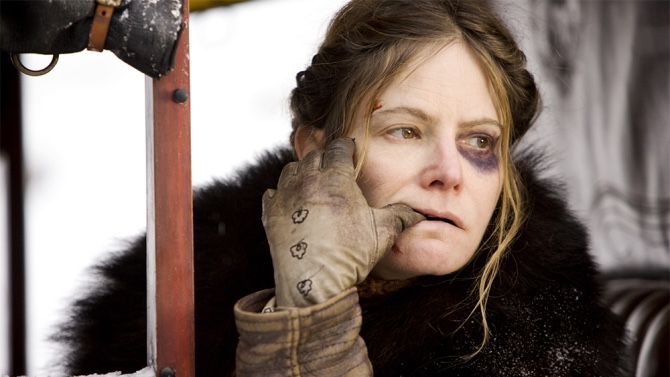
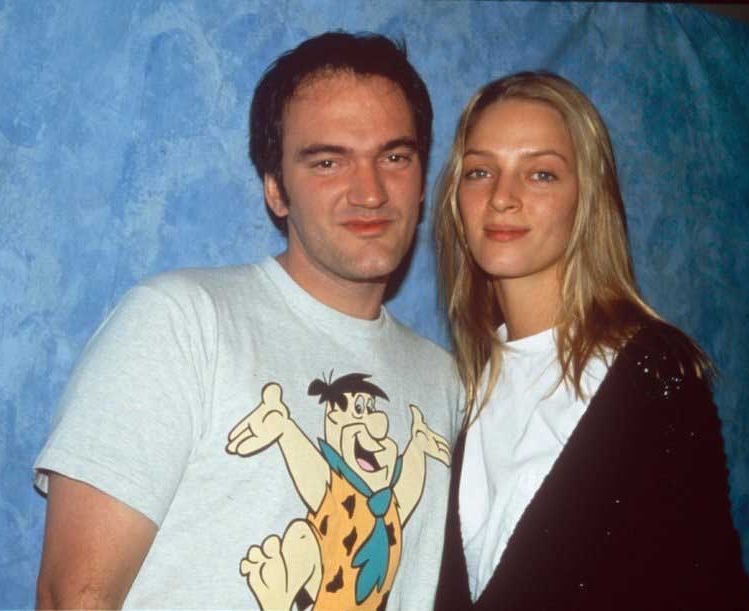
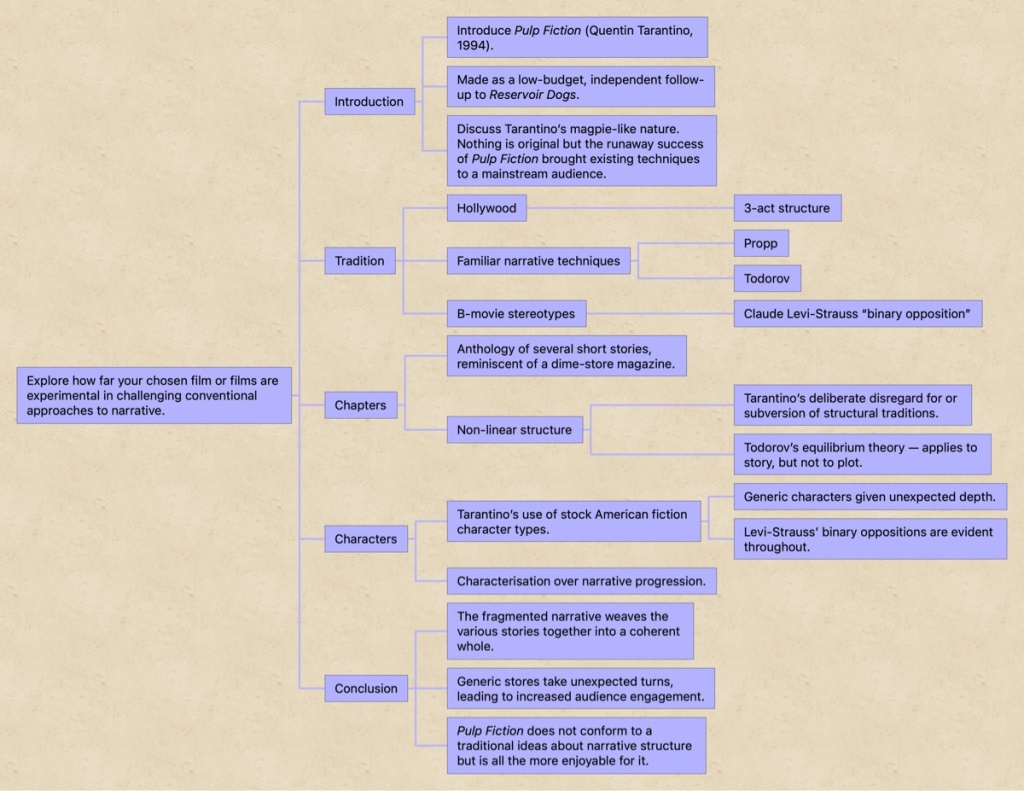
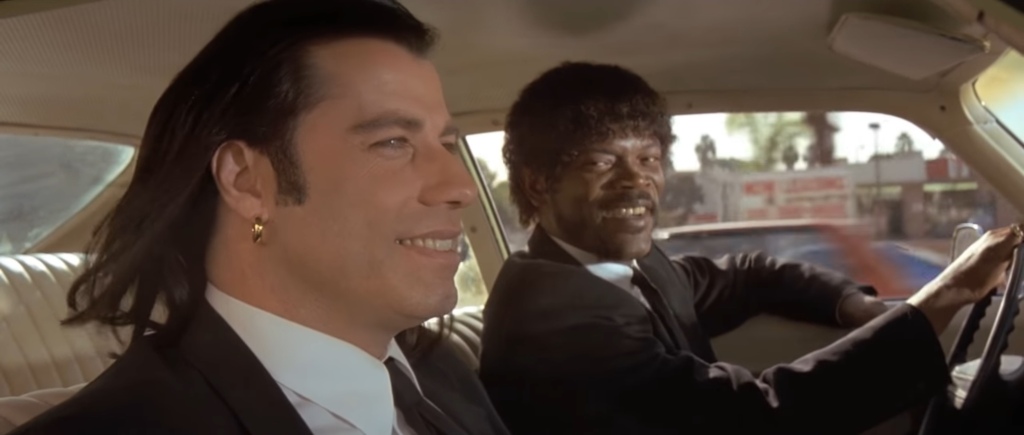
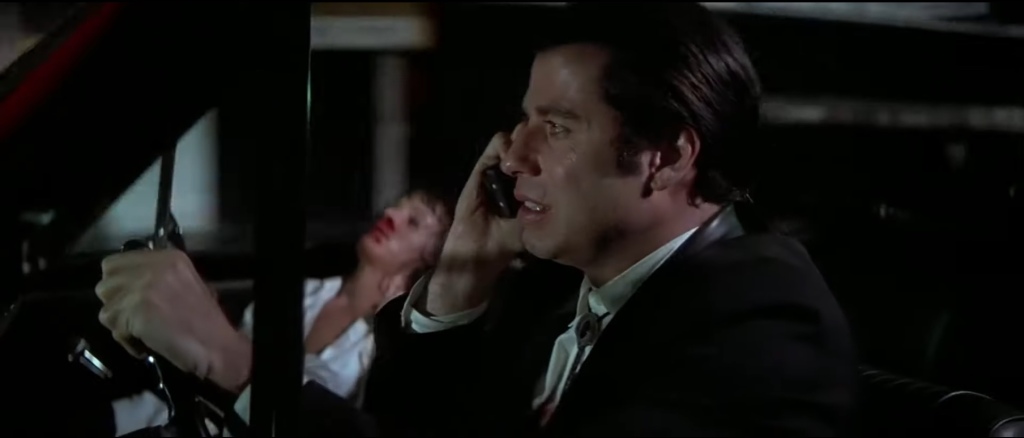
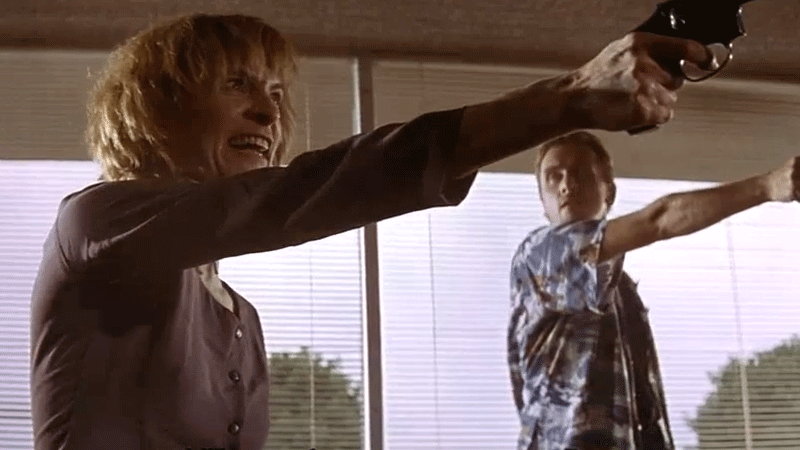
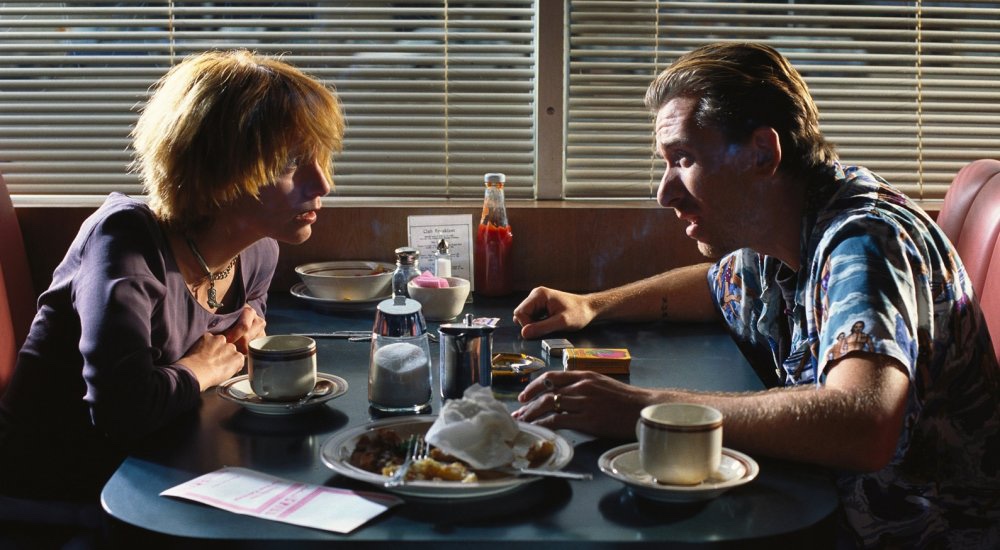
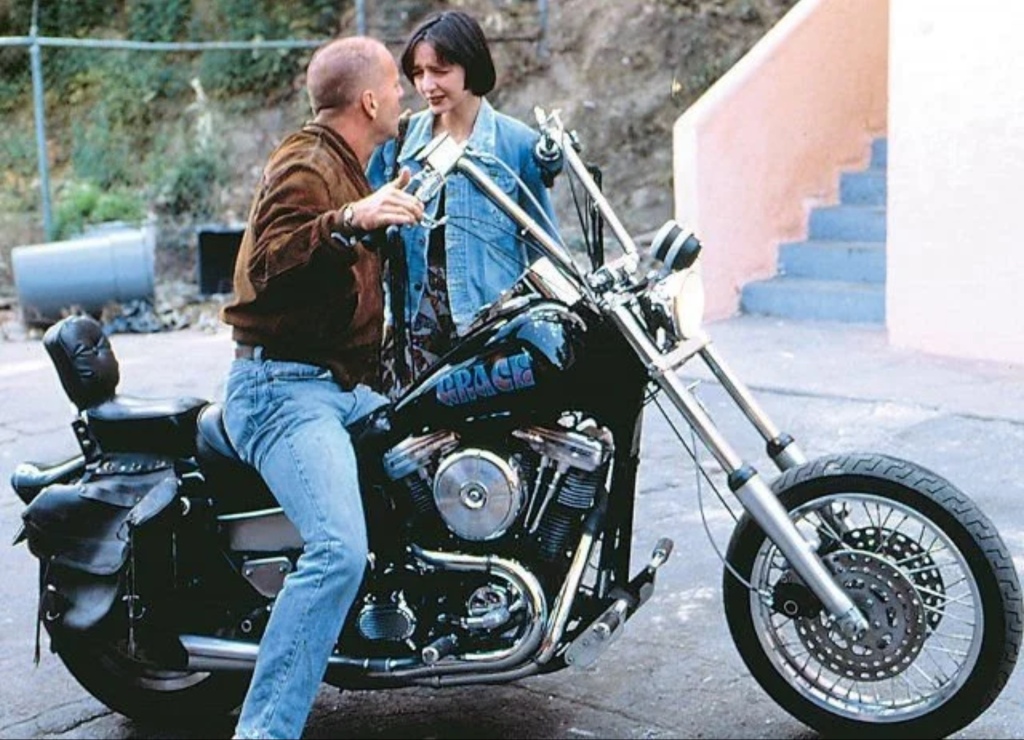
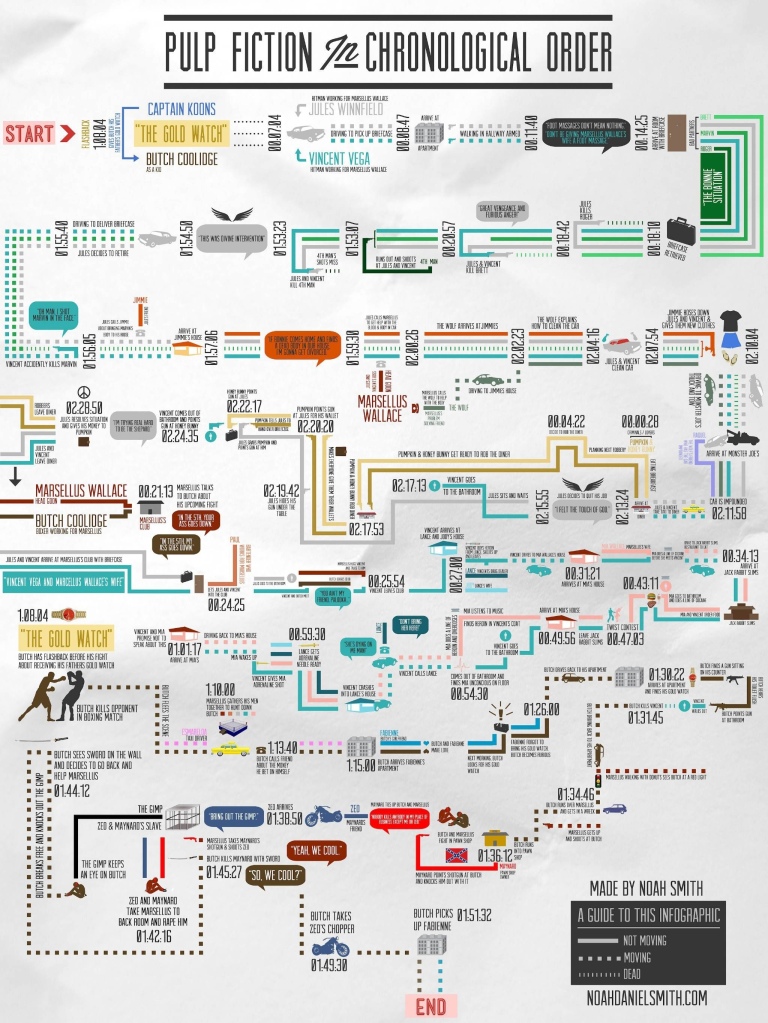
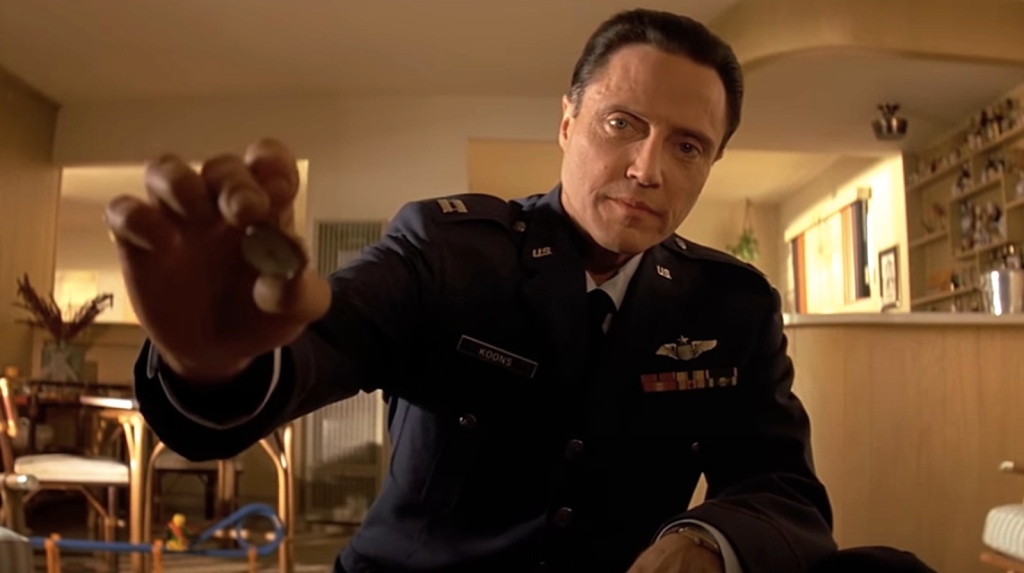
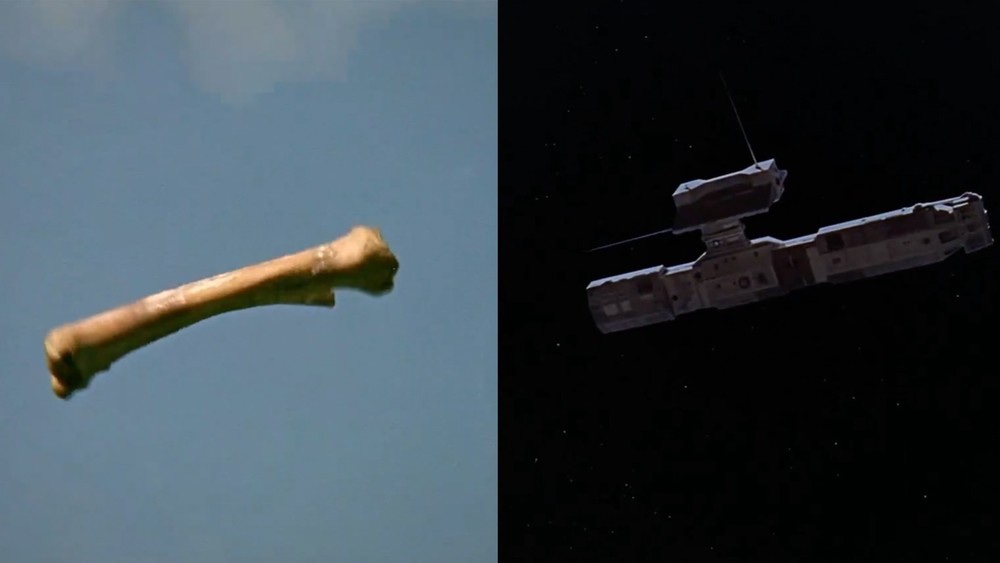
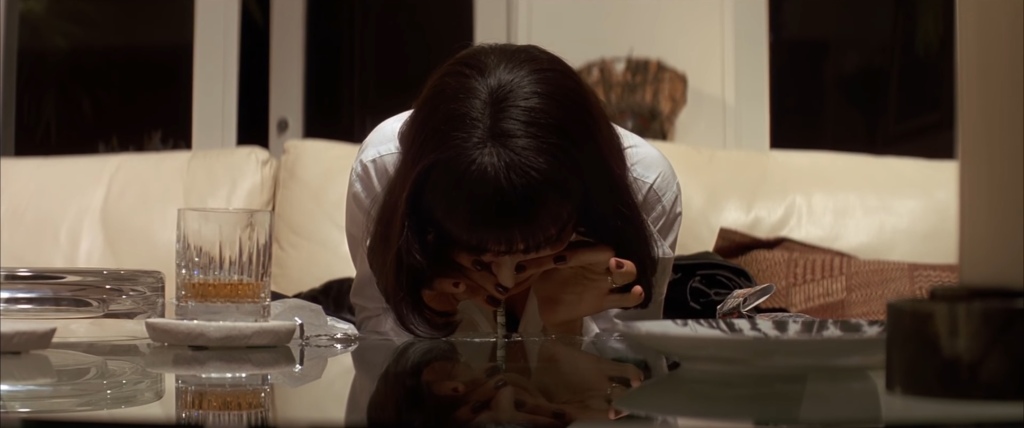
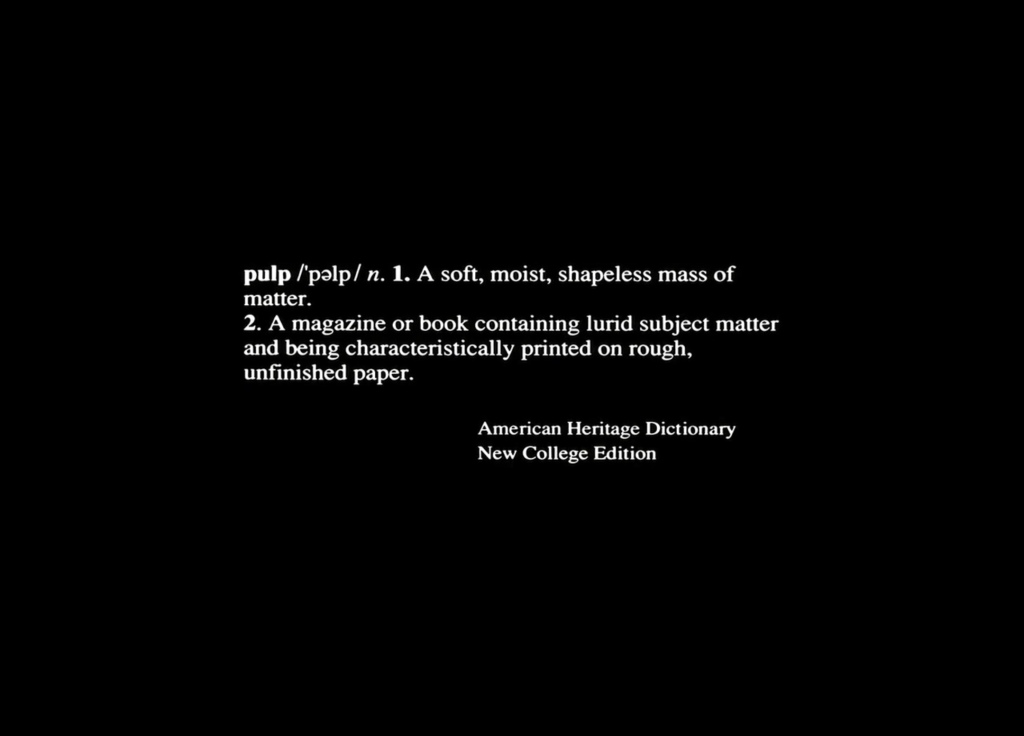
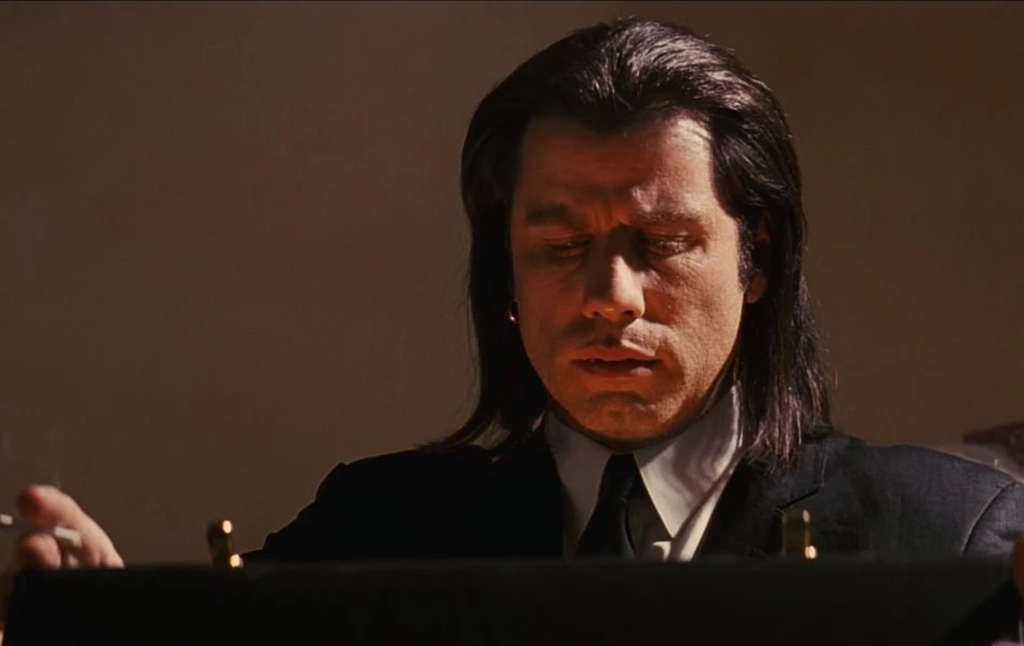

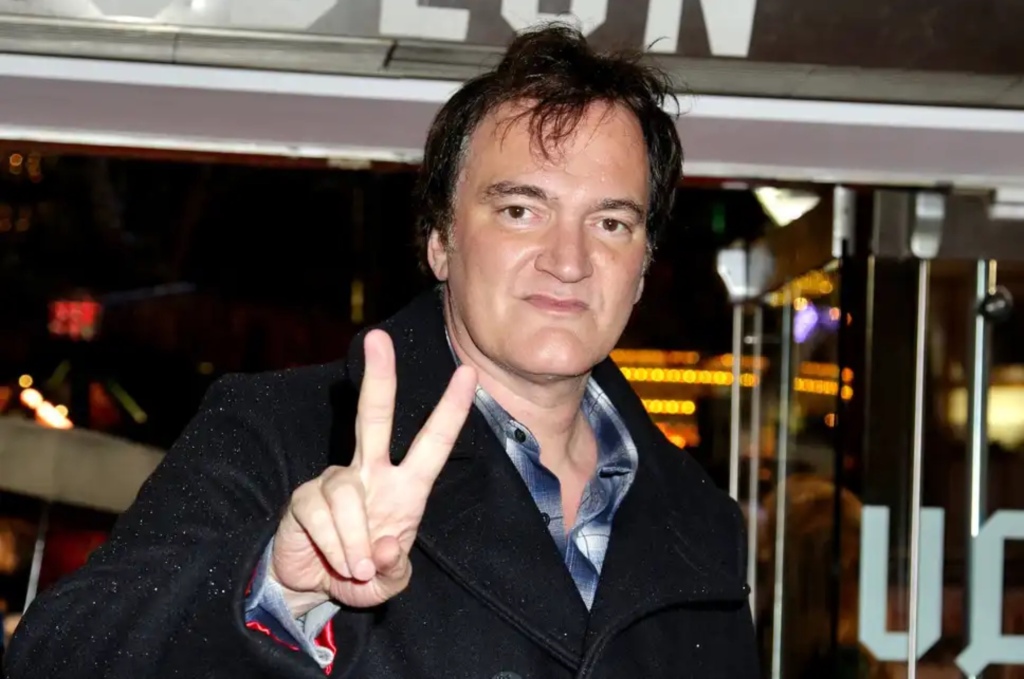
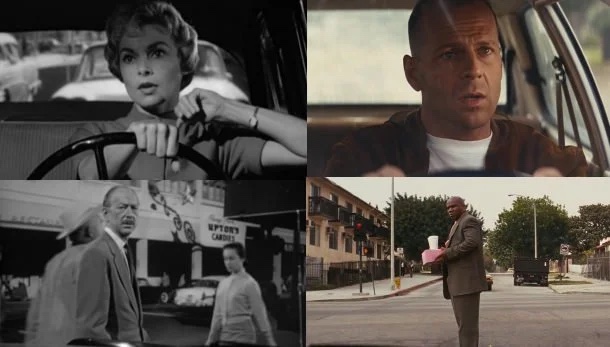
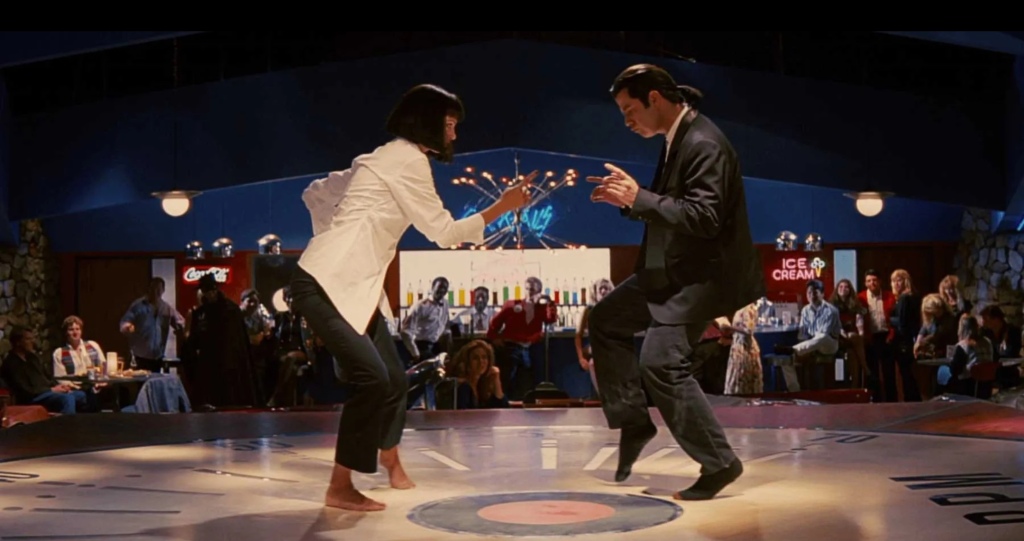
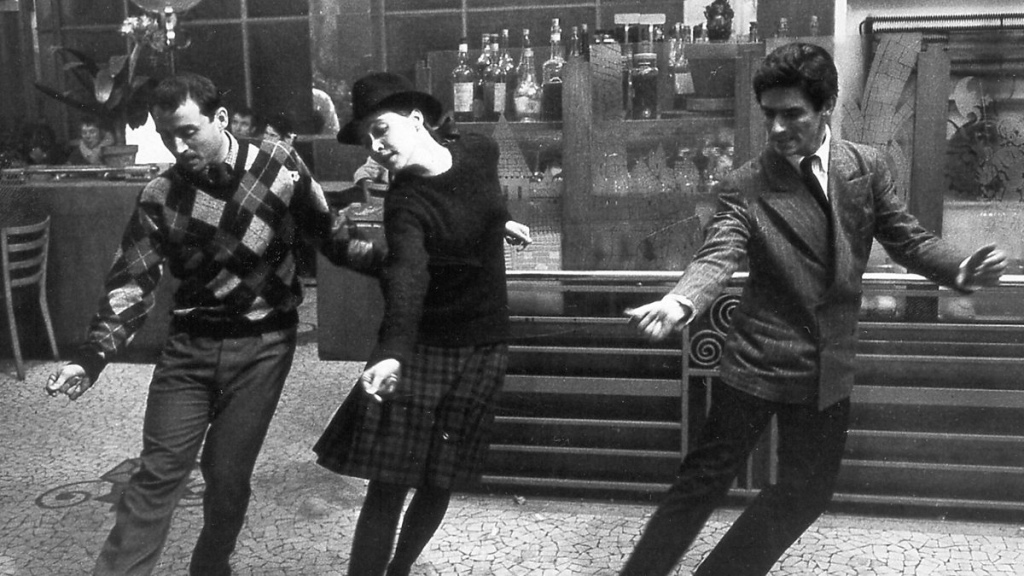

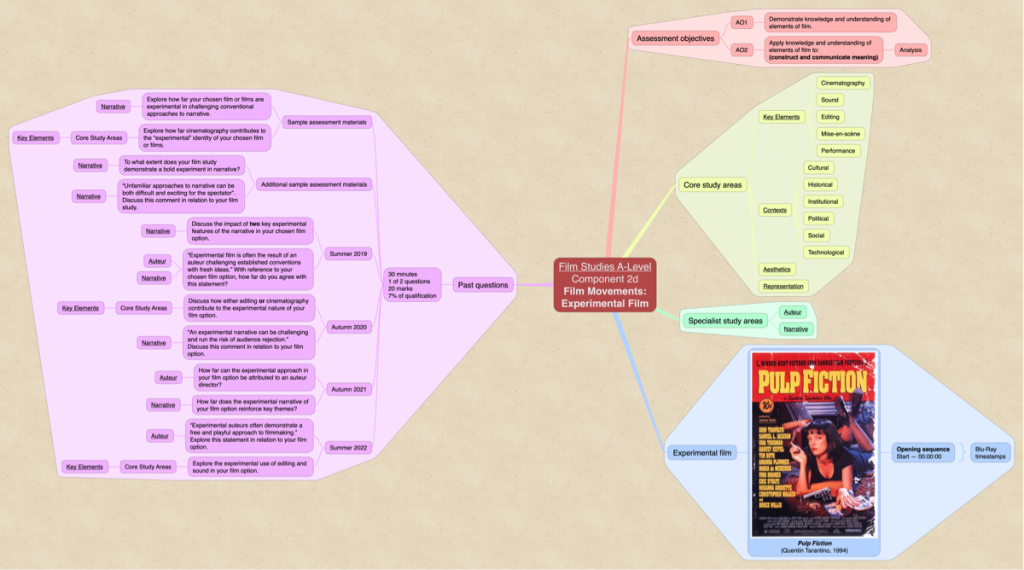
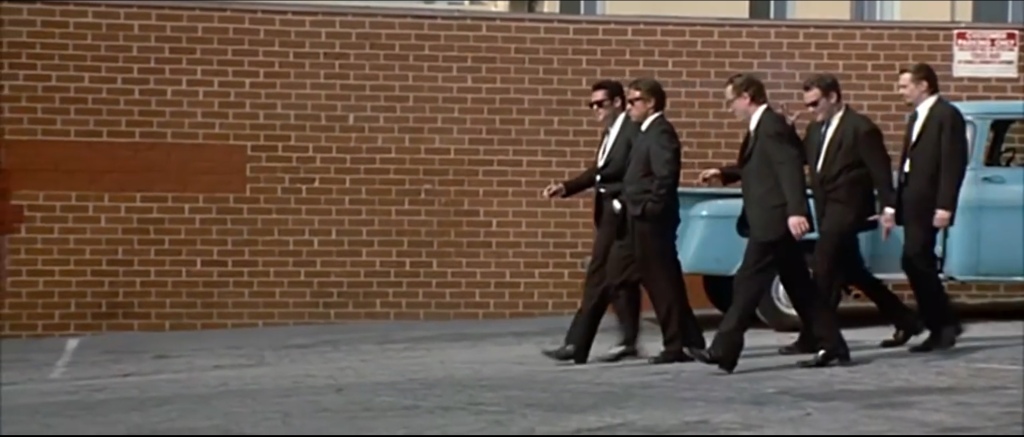
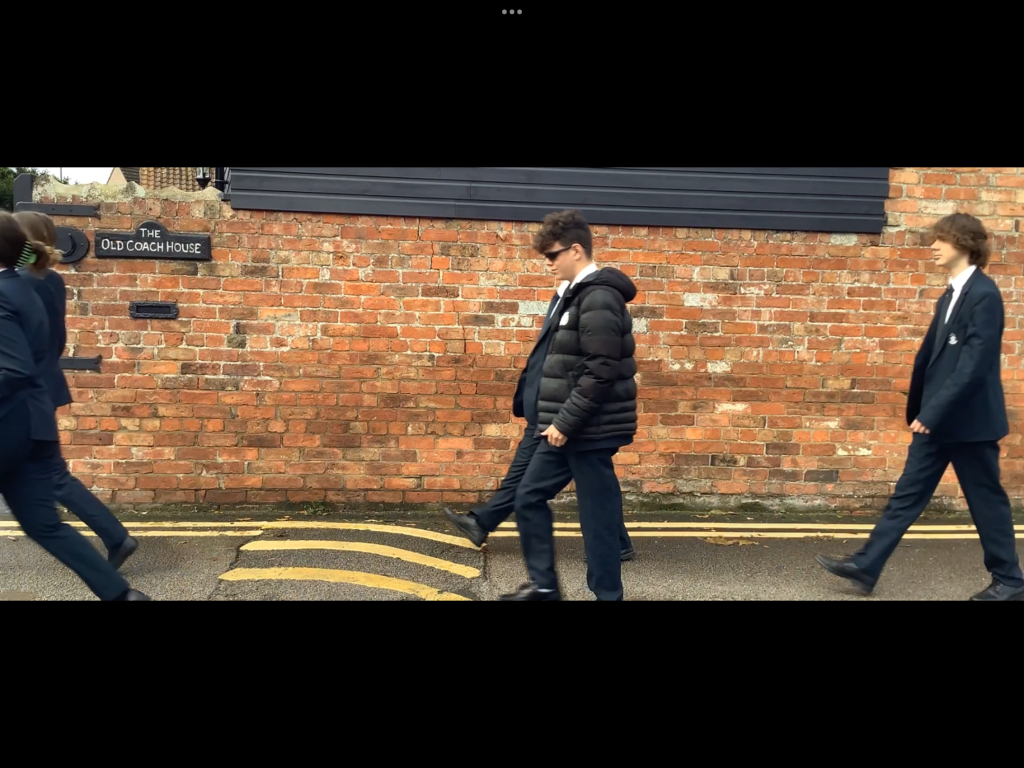
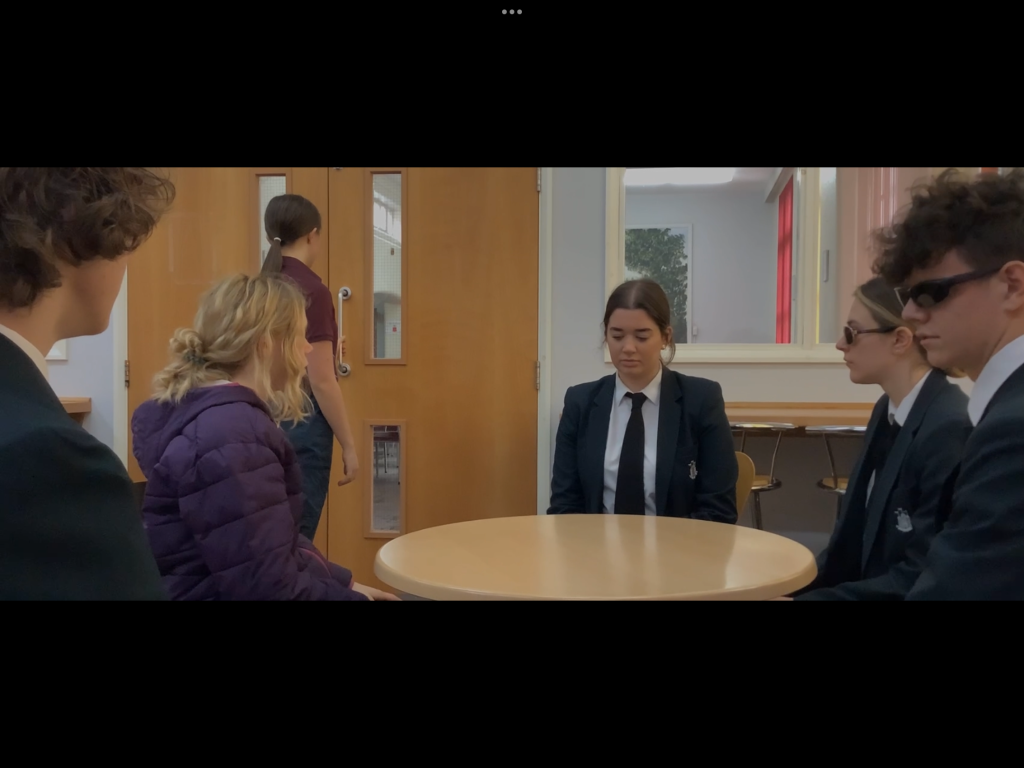

You must be logged in to post a comment.